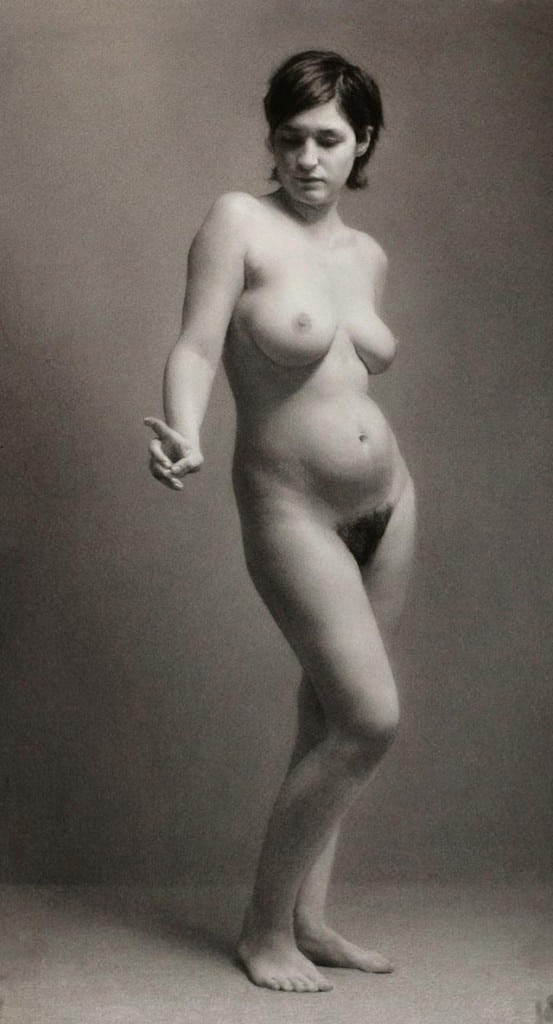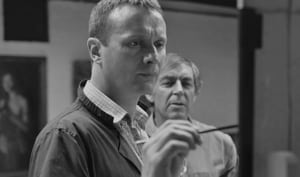Online Virtual Class
Online Beginners Drawing Course
£380.00
Out of stock
Out of stock
Description
Beginners Drawing Lessons
Online Beginners Drawing Course
12 morning course
Dates to be Announced
9.00am – 12.30pm

Would you like to learn how to draw in the traditional manner, feel your confidence grow with each class and talent flourish with each new step.
The principles taught on the online beginners drawing course are the foundation of classical art techniques. Even if you just learn the basics, you will see an improvement in your work. The class will be structured to accommodate anyone wanting to learn how to draw or individuals looking to improve their skills. See our new virtual class layout.

Teaching Style
Beginners and experienced people are welcome. Understanding is key and nobody gets left behind. Each student will be helped until they grasp the principles of the lesson. I believe in leading from the front, demonstrating each step in front of the group and on students work if needed. I studied Classical Art in Florence and has exhibited his work in the BP Portrait Award and Royal Society of Portrait Painters.
Curriculum
The online beginners drawing course will consist of a number of drawing exercises aimed at figure drawing and portraiture. One of the most important aspects of drawing is objectivity, what your mind sees and what is actually there. We will be doing a number of exercises to help your mind see reality as a group of abstract shapes, line and tone.
Lesson 1: Line and Shapes
If you want to improve your skill as an artist then you need to develop new habits and repeat them until they become second nature. The first and most important lesson is learning how to hold a pencil and draw a straight line, this is the beginning of everything. Overlook this and your work will always suffer.
Demonstration: show students how to sharpen a pencil with craft knife and sanding block, how to hold pencil and draw a straight and basic techniques of measuring and construction.
• Lines: learn to draw straight lines. The draughtsman uses the straight line as an editing tool to discard any unnecessary information avoiding the trap of describing every detail.
•Curves: learn how to accurately dissect and draw a curve using straight lines.
• Construction: learn sight size measuring, plotting points, connecting the dots.
• Shape Exercises: Nature is full of abstract shapes, learn how to draw shapes accurately and how to edit them, using the sight-sized method accurately draw simple geometric shapes then more complexed shapes containing curves.
• Putting it all together: Accurately draw sight sized shapes, starting from simple geometric forms to complex shapes with multiple curves and sides
Lesson 2: Perspective and Proportion
If foreshortening is a problem, an understanding of perspective, proportion and measuring is the answer.
• Demonstration: discussing the theory of perspective, why things get smaller. How to create this illusion of three dimensions on the picture plane.
• Perspective: one, two and three-point perspective; illustrate boxes in perspective using the horizon line, vanishing points and converging lines.
• Ellipse: the anatomy of an ellipse; how to measure and draw ellipse.
• Put Elements Together: draw a group of objects containing a cubes and cylinders using measuring and perspective.

Lesson 3: Negative and Positive Spaces
The relationships between positive and negative space can be seen everywhere. Look at interlocking shapes of a plant, the space in-between the leaves is just as important as the leaves themselves.
• Demonstration: examples of positive and negative space and its use as a compositional element.
• shape exercises: drawing negative shapes to reveal a positive shape.
• Illusion of positive and negative space: understanding the concept of Rubin’s vase, draw an interesting double image of what looks like a mirror image of a face or vase. The object is to confuse the distinction between the positive and the negative.
• silhouette: draw the shadow shapes of a face to describe the light areas of the face.
• Put it all together: draw the negative space around a wooden stool, ignoring the positive shape of the masses.

Lesson 4: Light and Shade
All form is made up of light and shade, the artist needs to grasp the effect of light on form before he can describe it convincingly.
Demonstration, Show the effect of light on a round object, identifying the highlight, half tone, core shadow, reflected lights and cast shadow. Also discuss the fall of light, why things get darker the further they are from the light source.
• The anatomy of light: draw a diagram showing the anatomy of light and label it.
• Put elements together: draw a sphere from using the elements discussed in the lesson to create an illusionistic drawing,
Week 5: Mass drawing
Mass drawing refers to rendering the solidity of the subject by masses of tone or colour, without emphasising lines or edges. This is the secret to drawing and painting,
Demonstration, illustrating the steps of realistic drawing.
• Learning the drill: draw a group of boxes using the step by step guide below.
- Construct,
- Shadow shapes,
- Grouping of the darks
- Darkest dark and lightest light,
- Fall of light,
- Reflected lights,
- Half tones.
Week 6: Atmospheric perspective
The effect the atmosphere has on an object when viewed from a distance. As the distance between an object and a viewer increases, the contrast of edges, detail and colour decreases. The artist needs to understand this concept if he wants to create the illusion of objects in space.
Demonstration, illustrate the effects of atmospheric perspective and how this can be applied to the figure, portrait and still life.
• Near and Far objects: learn how to create the illusion of depth, copy some examples of landscapes and simple still life arrangements.











